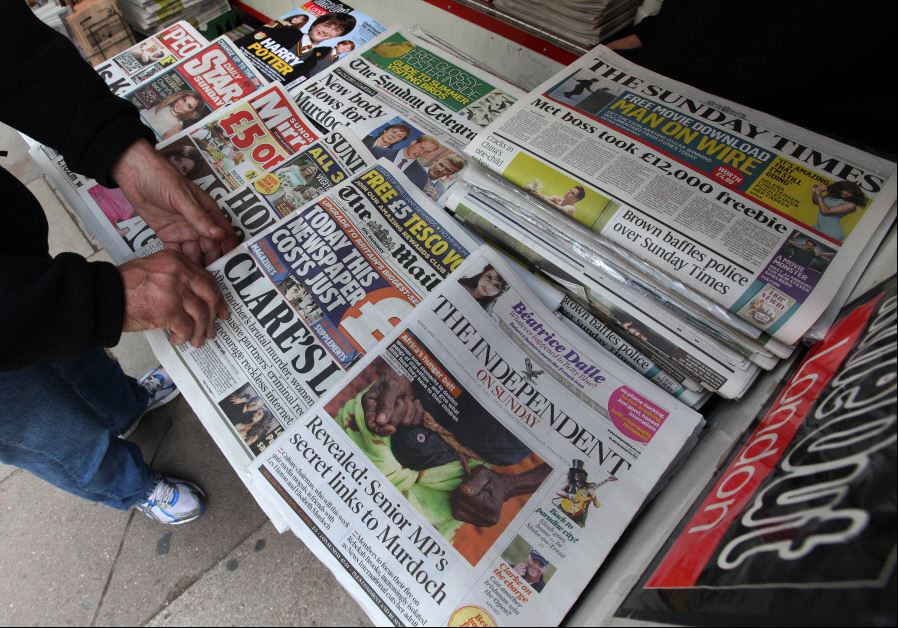The grave danger of media bias
Misinformation matters because media outlets have great power. They shape the way we understand the world and, ultimately, drive our behavior.
 A man buys a Sunday newspaper at a news stand in London July 17, 2011.(photo credit: REUTERS/SUZANNE PLUNKETT)
A man buys a Sunday newspaper at a news stand in London July 17, 2011.(photo credit: REUTERS/SUZANNE PLUNKETT)